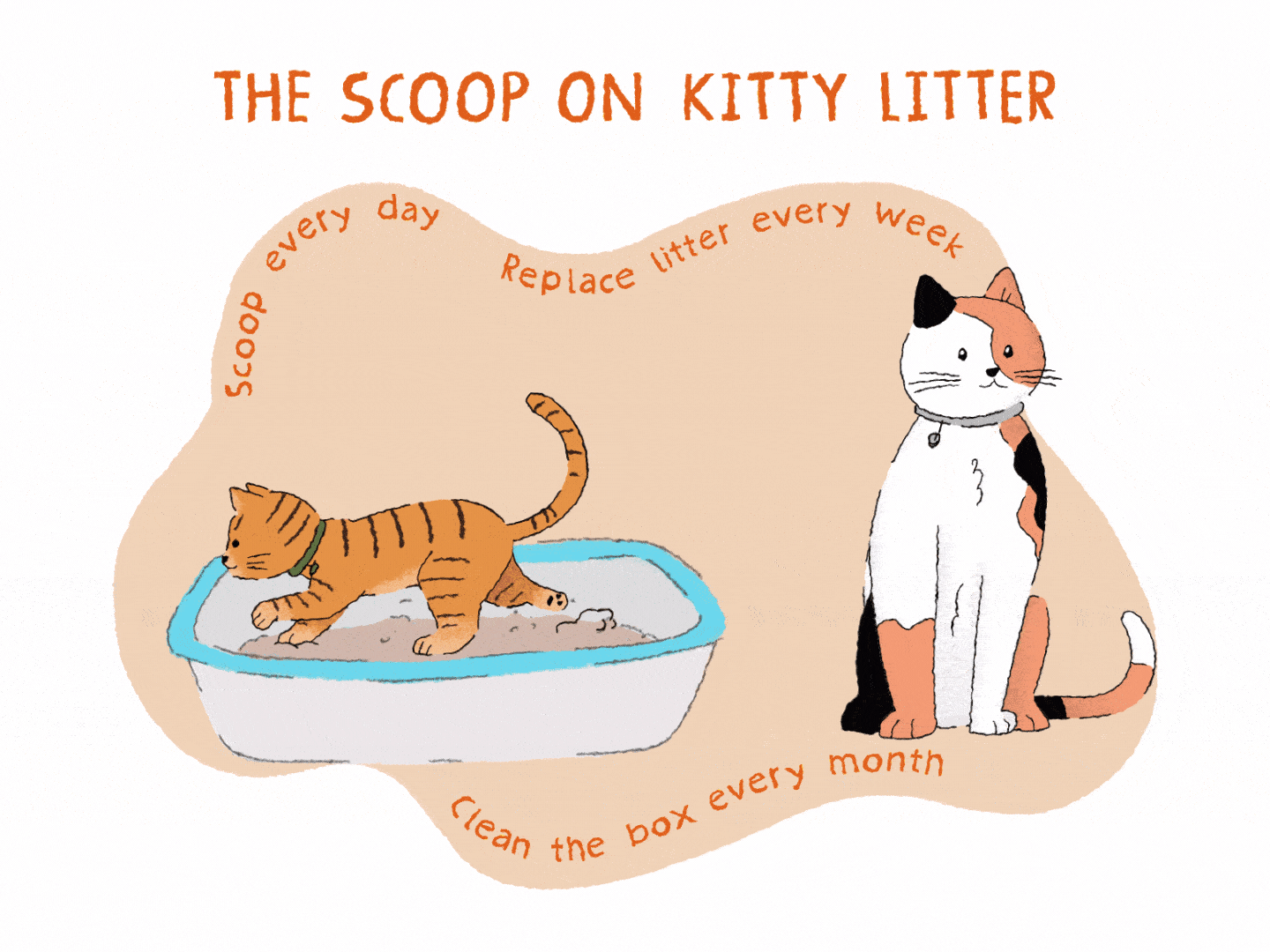
Training a cat to use a litter box is essential for cat owners. It helps keep your home clean and makes life easier for both you and your furry friend. Discover How to Train a Cat to Use a Litter Box.
Cats have natural instincts to bury their waste, so the litter box can feel familiar to them. However, some cats may need a little help to learn this important skill. Understanding the right steps can make all the difference. You need to choose the right litter, place the box correctly, and encourage your cat to use it.
With patience and the right approach, you can successfully train your cat. Soon, your kitty will know exactly where to go, making your home a more pleasant space for everyone.

Credit: www.youtube.com
Introduction To Litter Training
Litter training is very important for your cat. It helps keep your home clean. Cats feel safe using a litter box. This also prevents messes around the house.
Starting litter training early is best. Kittens can start at 4 weeks old. They learn by watching their mother. Older cats can also be trained. Patience is key for all ages.
Choose a quiet spot for the litter box. Make sure it’s easy for your cat to reach. Keep the box clean. Cats prefer fresh litter. Always praise your cat for using the box.
Choosing The Right Litter Box
Choosing a litter box is important for your cat. There are many types to consider. Here are a few:
- Open Litter Boxes: Easy for cats to enter.
- Covered Litter Boxes: Provides privacy for your cat.
- Self-Cleaning Boxes: Reduces your cleaning time.
Size matters too. The box should be big enough for your cat. A good rule is to make it 1.5 times the length of your cat. Place the litter box in a quiet area. Cats prefer a calm space. Avoid placing it near their food and water.
Selecting Cat Litter
Choosing the right cat litter is important. Two main types are clumping and non-clumping litter. Clumping litter forms solid balls when wet. This makes cleaning easy. Non-clumping litter absorbs moisture but does not form clumps. It may need changing more often.
Next, consider scented versus unscented options. Scented litter can help mask odors. Some cats do not like strong smells. Unscented litter is often better for sensitive cats. It is important to observe your cat’s reaction to the litter.
Litter Box Training Basics
To train a cat to use a litter box, consistency is key. Place the box in a quiet area. This helps the cat feel safe. Clean the box regularly. Cats dislike dirty places.
Use positive reinforcement techniques. Praise your cat when it uses the box. Offer treats as a reward. This encourages good behavior. Never scold your cat for accidents. This can make them scared.
Keep the litter box accessible. Show your cat where it is. Gently place your cat in the box after meals. This helps them associate it with the bathroom.
Common Challenges And Solutions
Accidents happen. It’s normal for kittens and new cats. Clean the area well. This removes the smell. Use an enzyme cleaner for best results.
To prevent future accidents, keep the litter box clean. Cats dislike dirty boxes. Change the litter often. Make sure it’s the right type. Some cats prefer clumping litter. Others like non-clumping.
If a cat avoids the box, check for problems. Is the box in a quiet spot? Cats need peace to go. Avoid busy areas. Make it easy to access.
Sometimes, stress causes avoidance. New pets, loud noises, or changes can upset them. Create a calm space. Let the cat feel safe and secure.

Credit: www.youtube.com
Maintaining Good Litter Box Habits
Regular cleaning is very important for your cat’s litter box. Aim to clean it at least once a day. This helps keep it fresh and inviting. Cats are clean animals. They may refuse to use a dirty box.
Check for any changes in your cat’s behavior. If your cat stops using the box, something may be wrong. Look for signs of stress or illness. Changes in eating or drinking habits are also important. These could indicate a need for a vet visit.
When To Seek Help
Watch for signs of medical issues in your cat. Frequent trips to the litter box can mean trouble. If your cat strains to urinate, it may be serious. Blood in the urine is also a warning sign. Changes in litter box habits can indicate a problem.
Consult a veterinarian if you notice these signs. A vet can check for infections or other health issues. Early help can prevent bigger problems later. Keep your cat healthy and happy.

Credit: www.banfield.com
Frequently Asked Questions
How Long Does It Take To Train A Cat To Use The Litter Box?
Training a cat to use the litter box usually takes a few days to a couple of weeks. Most cats instinctively understand where to go. Consistency and positive reinforcement help speed up the process. Patience and gentle guidance are key to successful litter box training.
How Do I Stimulate My Cat To Use The Litter Box?
To stimulate your cat to use the litter box, ensure it’s clean and placed in a quiet area. Use unscented litter to avoid overwhelming scents. Encourage usage with treats or praise. Establish a routine to help your cat feel comfortable and secure while using the box.
Do Cats Train Themselves To Use The Litter Box?
Yes, cats often train themselves to use the litter box. They instinctively seek out sandy or loose materials to bury their waste. Most kittens learn by observing their mother. With a clean litter box and proper placement, most cats will adapt quickly to using it.
What Draws A Cat To A Litter Box?
Cats are naturally drawn to litter boxes due to their instinctual need to bury waste. The box provides a safe, private space for them. Familiar scents and clean litter attract them, making it a preferred spot for elimination. Regular maintenance keeps the box inviting for your feline friend.
Conclusion
Training your cat to use a litter box takes patience. Start with a clean box and the right litter. Place the box in a quiet area. Encourage your cat to explore it. Reward them when they use it correctly. Be consistent with your routine.
Mistakes may happen, and that’s okay. Keep trying until they learn. A little time and effort lead to success. Soon, your cat will know where to go. Enjoy the peace of a happy, clean home.







